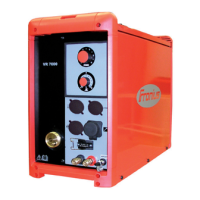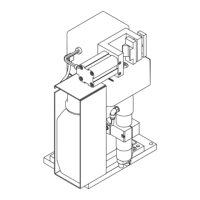162
Glossary
ADSL ADSL stands for "Asymmetric Digital Subscriber Line" and is the commonest form of DSL.
Far more data is usually downloaded onto a computer than is sent, hence the asymmetrical
design of the sending and receiving channels. Speeds of up to 8 Mbps (megabits per sec-
ond) are possible for receiving and up to 1 Mbps for sending.
APN APN stands for "Access Point Name". An APN is like a phone number which the GPRS
connection assigns to a functionality such as Internet, intranet or WAP access.
AT commands The AT standard is a command language for intelligent modems. Intelligent modems can
be configured and controlled with AT commands.
B-channel for
ISDN
An ISDN basic channel has two data channels, known as B-channels, with a transfer rate
of 64 kBit/s each. In this way, 2 connections can be established at the same time.
DHCP DHCP stands for "Dynamic Host Configuration Protocol". With the help of a suitable server,
it allows automatic, dynamic assignment of network addresses to a computer in a network
(e.g. Internet or LAN).
DSL DSL stands for "Digital Subscriber Line" and is a technology that provides digital high-
speed transmission of data over two-core copper telephone lines.
Either the same bandwidth is available for transmission in both directions or, particularly in
the case of Internet connections, the channel for receiving data (downstream) has far more
capacity than the sending channel (upstream).
There are many DSL technologies, also known as xDSL. Speeds of 1.5 to 6 Mbps (mega-
bits per second) are usual - at least 15 times faster than ISDN.
DSL modem A DSL modem is used for data transfer over a DSL line.
Ethernet Ethernet is a network protocol for local area networks. Ethernet is the most widely used
technology for connecting local area networks (LANs).
Gateway A gateway is an intermediate computer between two different networks. The gateway en-
sures that computers from different protocol environments can communicate with each
other.
